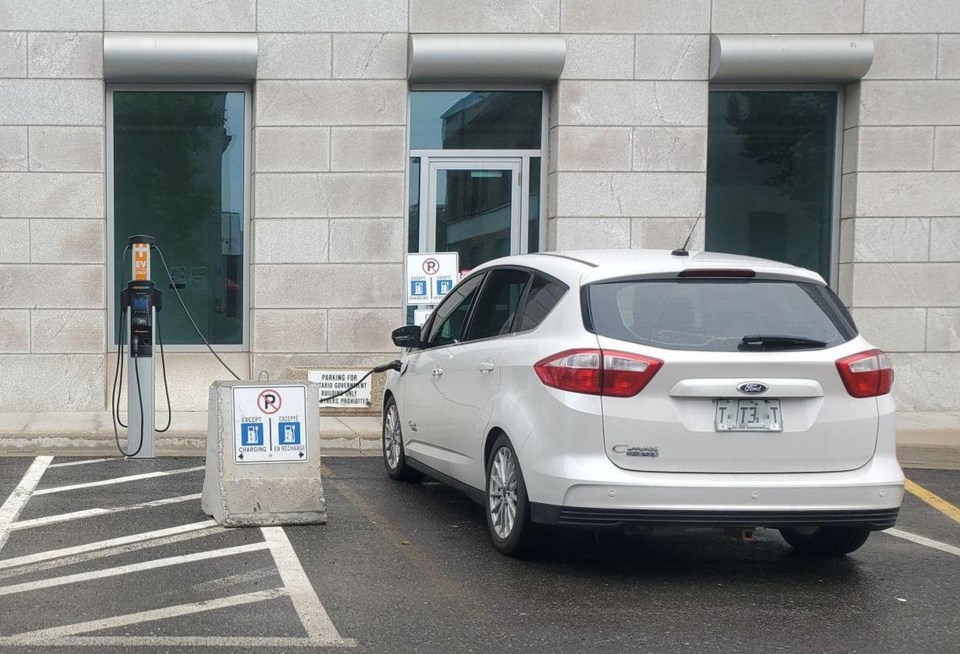Dear Editor,
Re: “EV rise could stall without charging stations,” Editor’s Column, March 30.
The range of fully electric vehicles has been increasing rapidly so that almost all of them now have a range of 300 km or more.
Most daily use is much less than that and recharging is only required at home after midnight when demand on the power grid is very low. For example, a return trip to Abbotsford requires range of 209 km and Squamish 206 km (including an adjustment for climbing mountains).
On even longer trips, one only needs to stop every couple of hours to recharge just as most people would stop in a gas vehicle to stretch and use the washroom.
Fast high voltage highway recharging usually takes a half hour. The plug-in hybrid can also go further without stopping.
The disadvantage of plug-in hybrids is that the batteries are much smaller and the battery-only range is usually only 60 to 70 km. The trip to Abbotsford gives you the choice of using the hybrid’s gas engine or looking for a charging station.
The fully electric vehicle won’t use gas and won’t need charging until it gets back home. In terms of maintenance, the hybrid requires the same maintenance as a gas vehicle. My total maintenance cost driving a fully electric vehicle for eight years has been under $100. The battery is still at 100 per cent capacity.
Although more than 80 per cent of charging takes place overnight at home, we still have a major problem with existing multi-family buildings where some stratas have refused to allow the installation of 240V charging equipment.
The B.C. government is still considering right-to-charge legislation, which would mandate such installations although, in the meantime, it’s providing substantial grants toward the cost. It’s mostly those who cannot charge at home and plug-in hybrid owners who are hunting for charging stations.
John Roston
Co-ordinator, Plug-In Richmond

